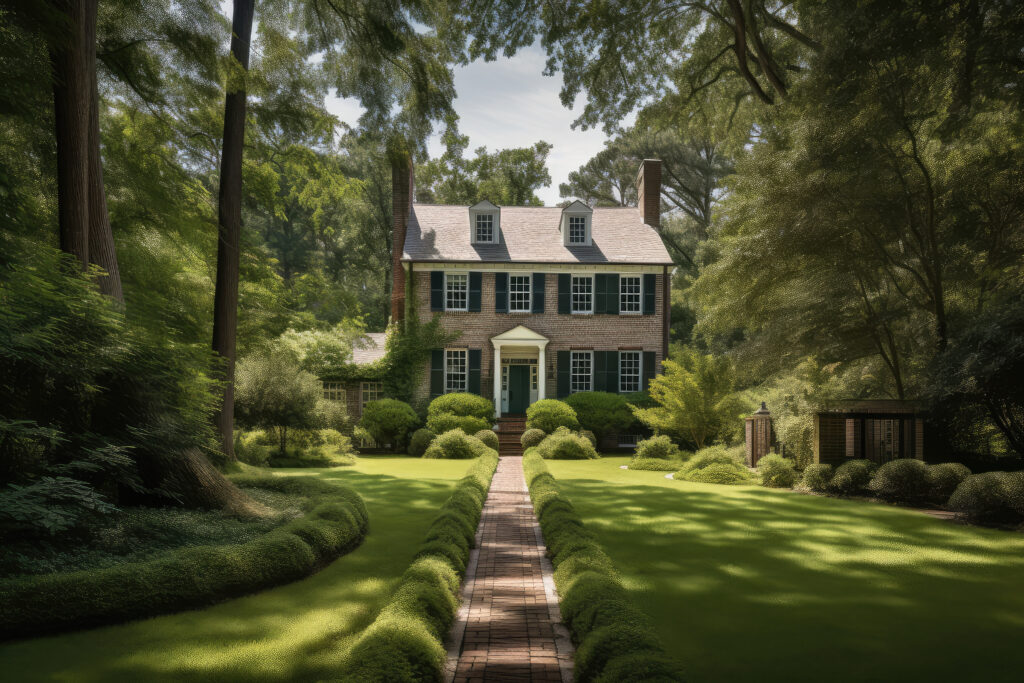Your landscaping should look good year-round. This is regardless of the current season of the year. One way to make this a possibility is to take advantage of seasonal color. You can do this by carefully selecting and arranging plants and design elements. The goal when doing this is to make sure you have various components that shine during different times of the year.
By doing this, you should be able to create a vibrant landscape. With the right strategy, your exterior living space should remain attractive every season.
This article explains various ways to incorporate seasonal color into your landscape.
Understanding Seasonal Planting

Does Your Yard Make You Smile? Let Us Help!
You need to use plants that shine in each season. This part of the article looks at how to select plants to ensure continuous color throughout the year.
Spring
The season is all about a fresh start. During this time, your landscape comes to life. This is courtesy of the vibrant greens and pastels. You need to go for options like tulips and daffodils. This is because they come in handy when you are looking to make a strong visual impact. You can also get this effect from hyacinths and crocuses.
Summer
During this season, dramatic blooms and lush foliage take center stage. They really help to create a full and vibrant look. Some great choices for summer include black-eyed Susans and coneflowers. To get the most out of your plants, consider incorporating a mix of heights and colors. Doing this should help keep your garden visually interesting.
Fall
Fall may signal the end of the growing season. However, it’s still an incredible period to introduce rich and warm colors. Key plants for fall include chrysanthemums and asters. These ones bloom quite late in the season. To get a stunning fall foliage, consider trees like maple and oak. For the best possible outcome, consider combining foliage and blooms. Doing this should help bring out seasonal character.
Winter
For most people, winter means a lifeless landscape. However, this doesn’t have to be the case for you. With smart plant selection and creative design, you should keep your outdoors captivating. You need to consider evergreen shrubs to ensure your landscape shines even during winter. Some great examples include boxwood and juniper.
Choosing the Right Plants for Your Climate
You may spot a beautiful plant online and picture it in your garden. However, it might not end up thriving. It’s therefore important that you go for plants suited to your specific climate. When making your choice, it’s good to go for plants native to your region. This is because they are naturally adapted to your environment. They hence need very little maintenance to keep them looking fantastic.
Layering and Placement for Maximum Visual Impact
Structure sets a great garden apart from a good one. Unfortunately, many homeowners don’t take advantage of this. With the right layering and placement, you can boost the overall visual appeal of your landscape. This will stay the same regardless of the specific season.
One technique to incorporate is planting in tiers. For instance, you can have the tallest plants in the back. You can then have medium-height in the middle. The front can be filled with low-growing ground covers. Such a method will help create depth and dimension.
You will also benefit from incorporating a mix of textures and colors. The plants you go for should have distinct bloom times. This will go a long way in ensuring continuous interest.
Incorporating Hardscape and Decorative Elements
Your landscape can also benefit from non-living features. Some great elements to consider include stone pathways and retaining walls. You should also include garden edging and patios. Such options provide structure and contrast. They can hence be implemented to give your yard a polished look.
As you do this, you shouldn’t forget the power of decorative touches. Stunning components that will transform your landscape include ceramic pots and sculptures. You should also have water features to give life to your outdoors.
Integrating such elements helps tie the landscape together. This makes it feel intentional and balanced. The result is enhanced seasonal color.
Creating a captivating landscape that shines year-round requires a lot of strategic planning. A great way to go about this is to take advantage of seasonal color. You can do this by carefully selecting and placing plants. While doing this, make sure you have something for each season. You should also integrate elements that provide interest even in the off-months. Doing this will make sure your property stays vibrant and attractive at all times.




